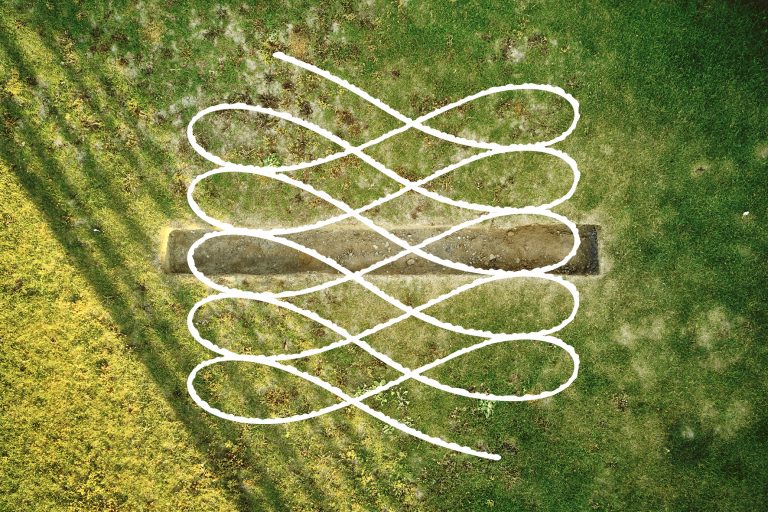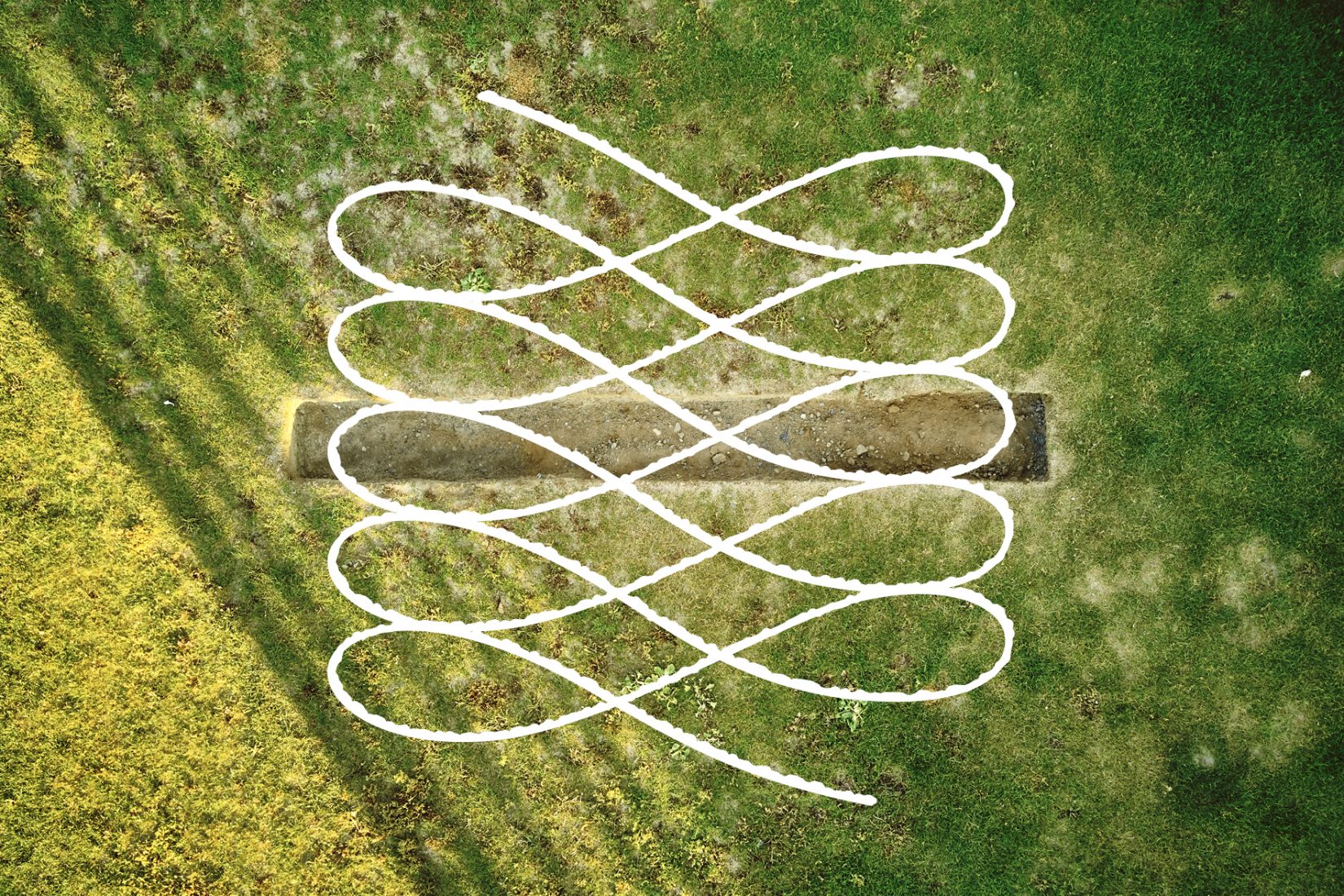Woven Songs is a series of radio programmes that through interviews, sound works and acoustic interventions tells us of places, histories and the power structures they bear the stamp of. The series is based on conversations with the artists included in the eponymous exhibition, included in the 2020 Luleå Biennial. The series also comprises conversations with the curators and invited guests who offer deepened contributions. Woven Songs is produced in collaboration with the Programming department at Public Art Agency Sweden.
Through an in-depth series of radio shows we strive to accentuate the role of singing and voices in the creation of new world views and orders. Woven Songs poses a series of questions that concern something as matter-of-fact as the earth, and how we live our lives there. In various ways Woven Songs grapples with suspending a western logic in which the magical perspective has been separated from the level of everyday life. It turns the ear to the ground and listens to the rumble, traumas and songs that are awoken.

Kapwani Kiwanga in conversation with Edi Muka
In the first episode of Woven Songs, Edi Muka, curator at Public Art Agency Sweden, speaks to the artist Kapwani Kiwanga, who’s works Positive-Negative (morphology), Implements, Fire and Fallow and Nursery are on view at Välkommaskolan in Malmberget.
Focusing on our relationship with and attitude to the earth, the conversation revolves around historic processes of colonization and their impact on current societal structures and power relations.
Maria W Horn – The White Dove’s Lament
For her installation in the former regional prison Vita Duvan in Luleå the musician Maria W Horn has composed the song cycle The White Dove’s Lament, which together with a pulsating red light make up the atmospheric installation that can be experienced in the prison.
The song cycle consists of the three parts Omnia Citra Mortem, Heac Est Regula Recti and Längtans duva. All three are composed to be sung to an electronic background, a cycle that consists of fourteen chords in Bb-minor, meaning all three songs are composed as progressions across this mode.
Singers: Sara Parkman, David Åhlén, Sara Fors and Vilhelm Bromander
Janette Hentati – Messaure
This episode is in Swedish
Messaure is the name of a place, the name of a dam, the name of a hydroelectric power station. It derives from the Lule Sami name of a nearby lake, Miessávrre.
At the beginning of the essay Messaure, the author, along with her mother and husband, arrive a the former power station community where the mother once grew up. In the encounter with this place, the people who have gathered there and family history belonging to the author, the different historic layers and tensions of the place unravel. And one of these layers: the author’s own thought, feelings and puzzlements facing the legacy and stories that appear to belong to her.
Messaure is an excerpt from Allt flyter, an ongoing literary project with Little and Big Lule River in focus, where the regulation of the water in the river and those areas of conflict in past and present times are bound up with what the text uncovers and examines. The project formulates and seeks answers to questions that concern the relation between memory and history, between power and narrative, between roots and change, between the personal and the political and the past’s constant presence in the present.
Isak Sundström – Modern Magi
He was born on the 4th of May 1928 in Nelkerim and died at the age of 58 in Voullerim, on the 22nd of October 1986. Between 1953 and 1962 he ran the Nordic Magic-trick-Device-Factory in Mattisudden. The factory was situated far into the woods. He sold magic tricks by mail-order and fabricated devices for illusional tricks. His house and factory were torn down as Vattenfall bought the land when the dammin of the Lule River was to take place. They feared the houses were to be submerged under water, this never happened however. In a barn next to the left-over house foundations the remnants of the magic factory were left behind.
A relative recalls that Arne had a room in the cellar, the door secured with a padlock, into which nobody was allowed to enter. A woman in Voullerim who was young in the 70’s remembers the way Arne looked: dark aura, ginger hair down to his shoulders, rings on his fingers and often chains around his neck, very quiet and somewhat stoop. A man bought an imported sable from China off Arne at a market in Jokkmokk in 1983. An 87-year old school friend remembers Arne of the 60’s a a very kind but terribly shy person who wouldn’t let himself be photographed. They eventually lost contact.
He created the alias Guide Steiner to establish his own career as an illusionist, but there is no one who can assert whether he ever performed. He died of a heart attack in a car out in the woods. His life and work were again swallowed by the earth.
This radio play consists of instructions to illusional tricks from mail-order catalogue no. 16.
Hanna Ljung in conversation with Mattias Hållsten
Stone, fields, soil, land and mountains have long been the materials Hanna Ljungh uses to explore the relationship between matter and people. Seismic Event is a poetic observation and an analogy of human and geological time. The transience of a human life stands in contrast to what we consider to be the near-eternal state of a mountain. The title alludes to the earthquakes caused by human intervention in the mountain during ore mining, to the unforeseen or spontaneous quakes that happen when the mountain is hollowed.
In the work, Ljungh reads aloud reports on seismic events in Malmberget. These are brief descriptions of what took place and where, both above and below ground. Ljungh recites the reports one at a time, before, in collaboration with Mattias Hållsten, she transposes the pitch to create an acoustic image consisting of slow vibrations and rumble. While she reads, the seismic events are filtered through her own body to once again take the shape of the earthquakes they describe.
These seismic events have their own poetics and a singular shimmer. They are a conglomerate of the practical vagueness of everyday life and accurately measured numbers. These numbers denote changes in the mountain’s matter, which has laid untouched for perhaps a billion years, now recorded in our present calendars as an incident a Tuesday in January just before three. In the sound piece the artists move between addresses and places in Malmberget, of which some still exists and others are history. In this movement a circular reasoning takes place, about holes, time, shakings and voids; about the phantom pains of the mountain and the materiality of vacuity.
Hanna Ljungh in conversation with Karin Bähler Lavér
This episode is in Swedish
In this conversation between the artist Hanna Ljungh and curator Karin Bähler Lavér, the becoming and the components of the performative sound piece Seismic event are unfolded. The work has been a part of the biennial exhibition at Välkommaskolan in Malmberget and deals with the ongoing mining of iron ore in the area.
A seismic event is a report from the mining company of a tremor, a tremor that occurs when the natural tension in the rock changes due to the quarrying of ore. Listen to Hanna Ljungh speak of time, of material and immaterial traces and processes and of her interest in the soil we walk on.
María Iñigo Clavo – Traces, Signs and Symptoms of the Untranslatable
Is it possible to decolonize Western methodologies? Theory is struggling to find new words, tools, methodological frames, and grammar to overcome the colonial nature of our knowledge systems. Can we begin to learn ways of knowing, and of coexistence, that accept the untranslatable, the uncertain and the unknowable? Through a reflection on artworks by Aage Gaup, Kipwani Kiwanga and Hanna Ljungh, and an emphasis on indigenous knowledge, Iñigo Clavo prompts us to widen the space of the unthinkable, and allow for hybridities, contaminations, influences, mutual inspirations, appropriations and impurities while establishing a new set of de-colonial world views.
María Iñigo Clavo is a researcher, curator, and artist with a PhD in Fine Arts. She is a professor at the Open University of Catalonia and co-founder of the independent research group “Peninsula. Colonial processes and artistic and curatorial practices” in collaboration with Museo Nacional Centro de Arte Reina Sofia. Her research focuses on colonial power relationships, museum and gallery studies, and art in Latin America with special attention to Brazil.
